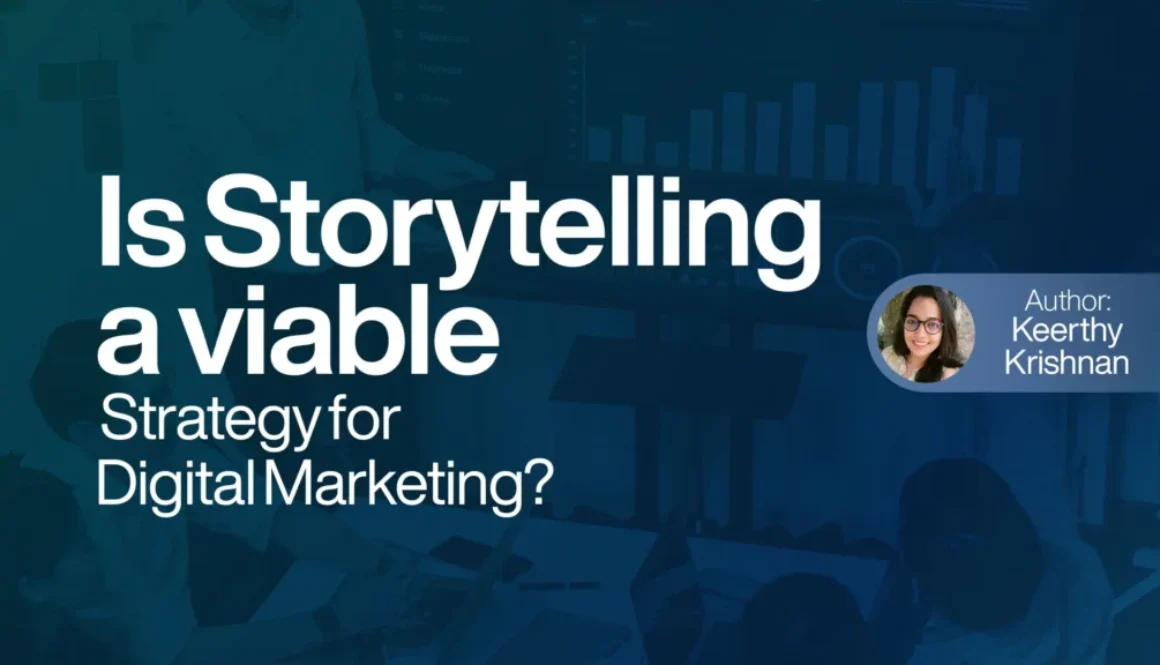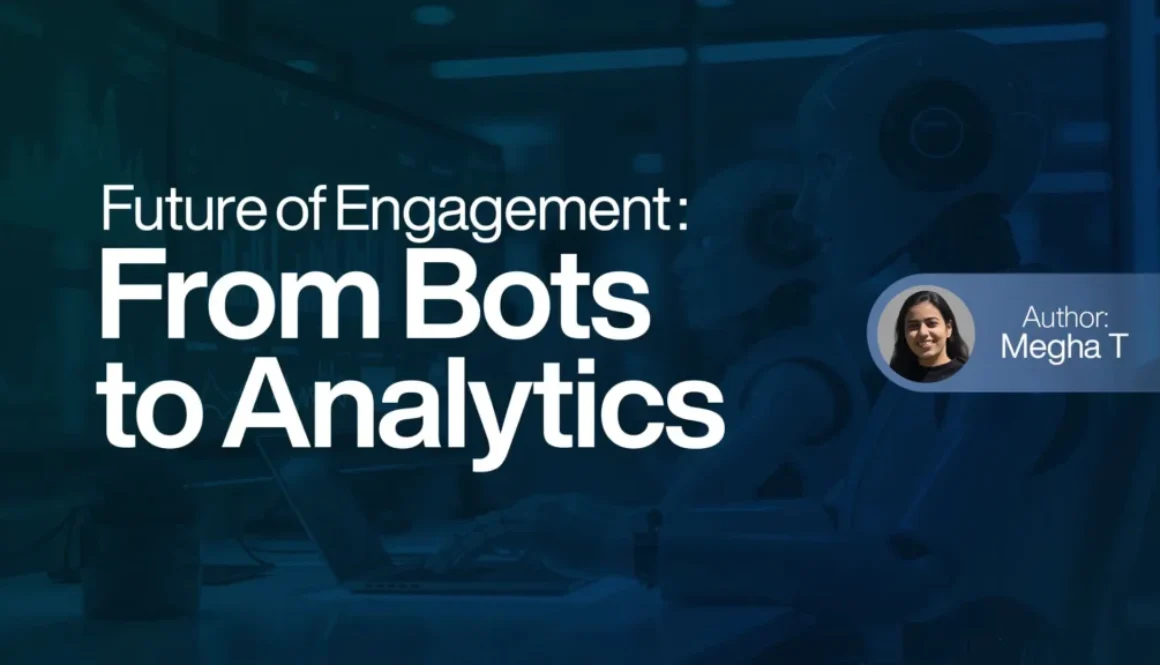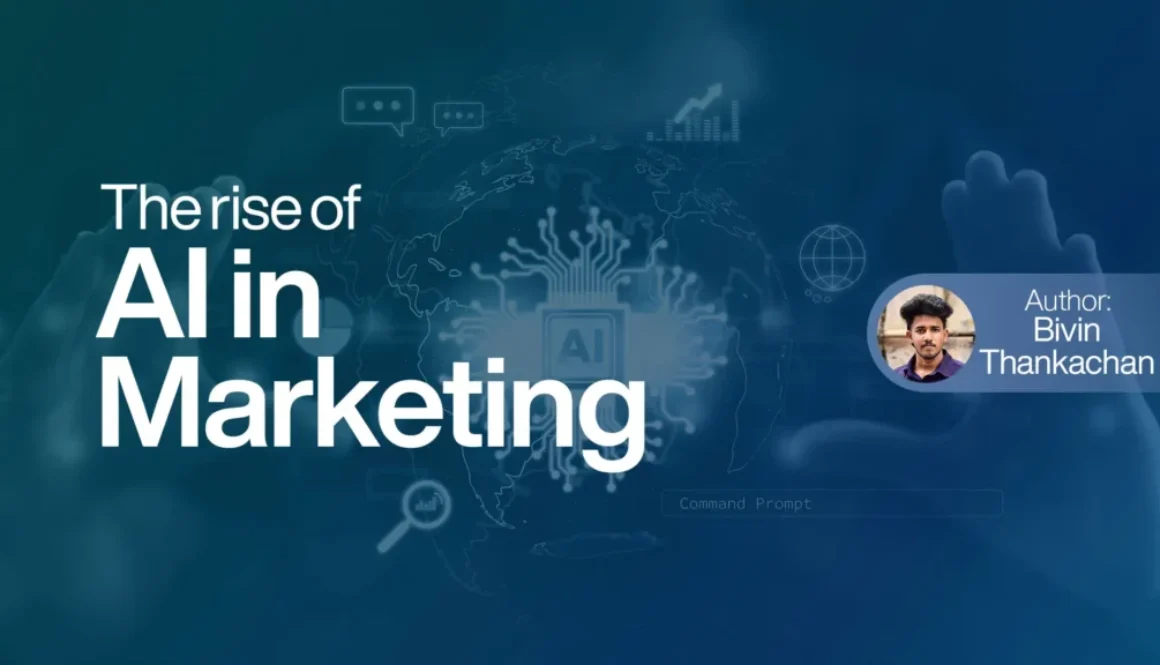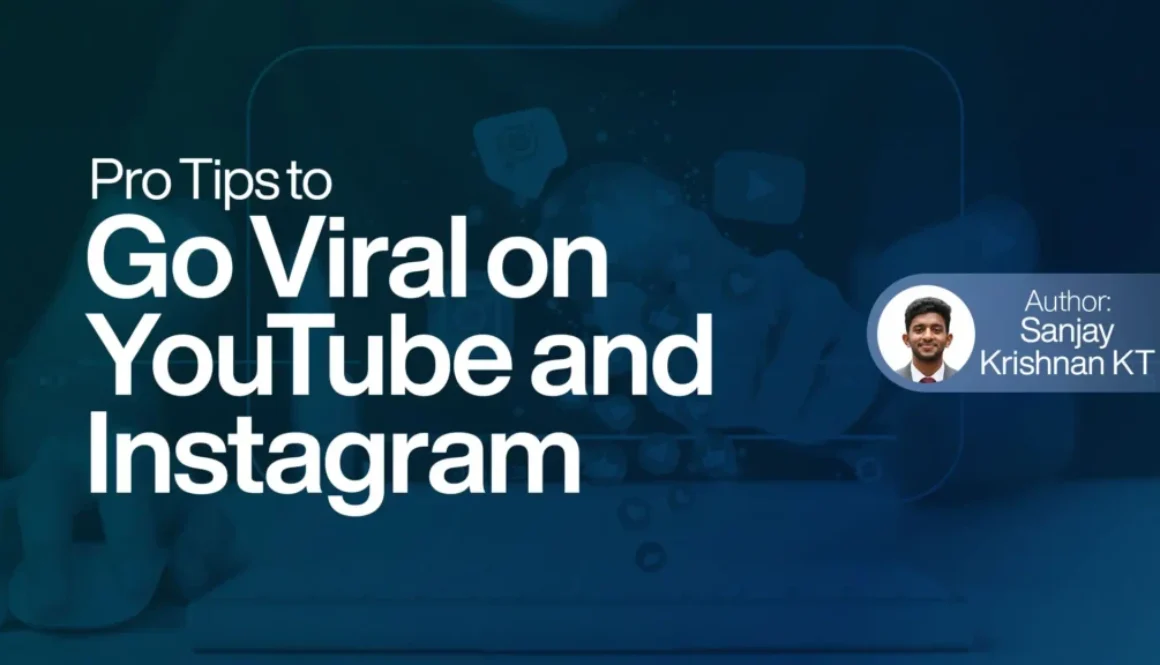Is Storytelling a viable strategy for Digital Marketing?
In the digital world we live in now, people are constantly bombarded with ads, messages, and promotions. What is it that makes a brand stand out in all of this noise? The solution lies within storytelling, a tool that is both simple and powerful. In digital marketing, storytelling extends beyond the sale of products or services. The goal is to establish an emotional connection between a brand and its audience. Making a simple message meaningful is what makes it memorable.
Emotional connections are forged through storytelling
Although people may forget what you say, they will never forget how you made them feel. Brands can evoke emotions, such as joy, trust, excitement, or nostalgia, through storytelling. Emotional storytelling helps firms stand out in digital marketing, where consumers’ attention spans are short. It might turn followers into fans and customers into devoted supporters. If customers have an emotional connection to your brand, they are more likely to remember it and remain loyal to it. Nike’s stories about athletes overcoming challenges are an example of how they inspire millions to ‘Just Do It.’ The empowerment customers feel from these stories goes beyond just purchasing sportswear.
Does storytelling make brands more memorable and relatable?
Creating a unique voice and personality for your brand can be achieved by telling a compelling story. Storytelling is capable of making people remember you even after scrolling away, whether it’s through a social media post, video ad, or website content. In the digital realm, brands often appear robotic due to their focus on algorithms and automation. Storytelling is a way to rekindle humanity. By sharing behind-the-scenes journeys, founder stories, or customer experiences, brands show themselves in a real way. A well-crafted story touches emotions like joy, hope, empathy, or inspiration — making audiences feel understood and valued. When a brand shares real experiences, struggles, or triumphs through its stories, it resonates on a human level. Building trust through authenticity is essential for any successful digital marketing strategy. Relatable characters and compelling narratives encourage more likes, shares, and comments, which amplifies your brand’s organic reach.
The purpose and values conveyed through storytelling
Today’s consumers are interested in the motivation behind a brand, not just its sales. Storytelling offers the chance to communicate your mission and values in a relatable manner. This is an opportunity to show the passion behind the business. An emotional or inspiring narrative is a more effective way to keep people interested than a traditional sales pitch. People engage, share, and act when they relate to a story, which results in more organic reach and conversions. Through storytelling, a brand can express its deeper mission, beliefs, and the impact it hopes to make. By weaving purpose-driven messages into authentic stories, brands show their human side—what they stand for, care about, and strive to change. This emotional transparency builds trust and loyalty, inspiring customers to support not just a product but a cause or philosophy. In a crowded market, your unique and authentic brand story can help you stand out from other businesses selling similar products or services.
If you want to elevate your content beyond facts and features, explore our article on storytelling in content marketing to see how narratives influence engagement and conversions.
Storytelling Creates a Consistent Brand Identity
The use of storytelling ensures that your message feels unified across all digital channels, such as your website, blogs, Instagram Reels, and email campaigns. A story that is consistent is crucial for digital marketing success because it builds trust, credibility, and familiarity. The impact of a powerful story is not limited to your audience; it can reach beyond them. Your brand message can be spread to new audiences through word-of-mouth and social sharing by customers, who become storytellers. Consistency in storytelling implies that your Instagram post, YouTube ad, blog article, or website should convey the same brand essence to everyone who sees it. It’s not just about using the same logo or colours; it’s also about conveying the same emotional message consistently. Brands such as Apple and Coca-Cola consistently tell stories that reflect innovation, simplicity, or happiness, resulting in a sense of familiarity and trust. Repeated emotional experiences create a strong brand memory in people’s minds. Over time, storytelling transforms marketing from communication to connection, aiding audiences in instantly identifying, trusting, and remaining loyal to your brand.
Storytelling goes beyond being just a marketing technique — it’s the heart and soul of digital marketing. It turns a brand from a mere name into a meaningful and memorable experience that touches emotions and builds connections. In a time when attention spans are fleeting, stories have the power to hold attention, inspire action, and make a lasting impression. So, when you share your next piece of content, remember — you’re not just promoting a product; you’re telling a story that builds a lasting connection. Storytelling is where creativity meets connection. It’s how brands inspire, influence, and ignite action in the digital world. A great story doesn’t sell — it speaks, it moves, it lasts.
Every brand has a story worth telling — so use your voice not just to promote, but to inspire purpose, build trust, and create impact. In digital marketing, storytelling isn’t optional — it’s essential. It’s what transforms campaigns into conversations and brands into beliefs. Stories make people stop, listen, and care. They remind us that behind every product, there’s a purpose; behind every brand, there’s a dream. Today’s audiences don’t just follow brands — they follow stories that mirror their own values and aspirations. Storytelling gives a brand its heart, turning transactions into relationships and messages into movements. In a world driven by clicks and views, stories are what keep meaning alive. It’s the invisible thread that connects brands with people on an emotional level. Every story shared becomes a piece of identity — shaping how people see, feel, and remember a brand. In a world overflowing with fleeting content, it’s the emotional truth behind a story that lasts. Behind every product is a person, and behind every brand is a dream — storytelling brings both to life. It helps audiences see the people, passion, and purpose behind what you do. Videos, images, and infographics can communicate emotions and complex ideas more effectively than text alone. Short-form videos are particularly impactful on social media platforms. In digital marketing, where attention fades fast, stories give your message warmth and authenticity. So, instead of chasing clicks or likes, share stories that make people feel seen, inspired, and connected.
Author Info
Keerthy Krishnan, the Best Storyteller in Malayalam.
Learner of CDA, Digital Marketing Training in Kochi.










